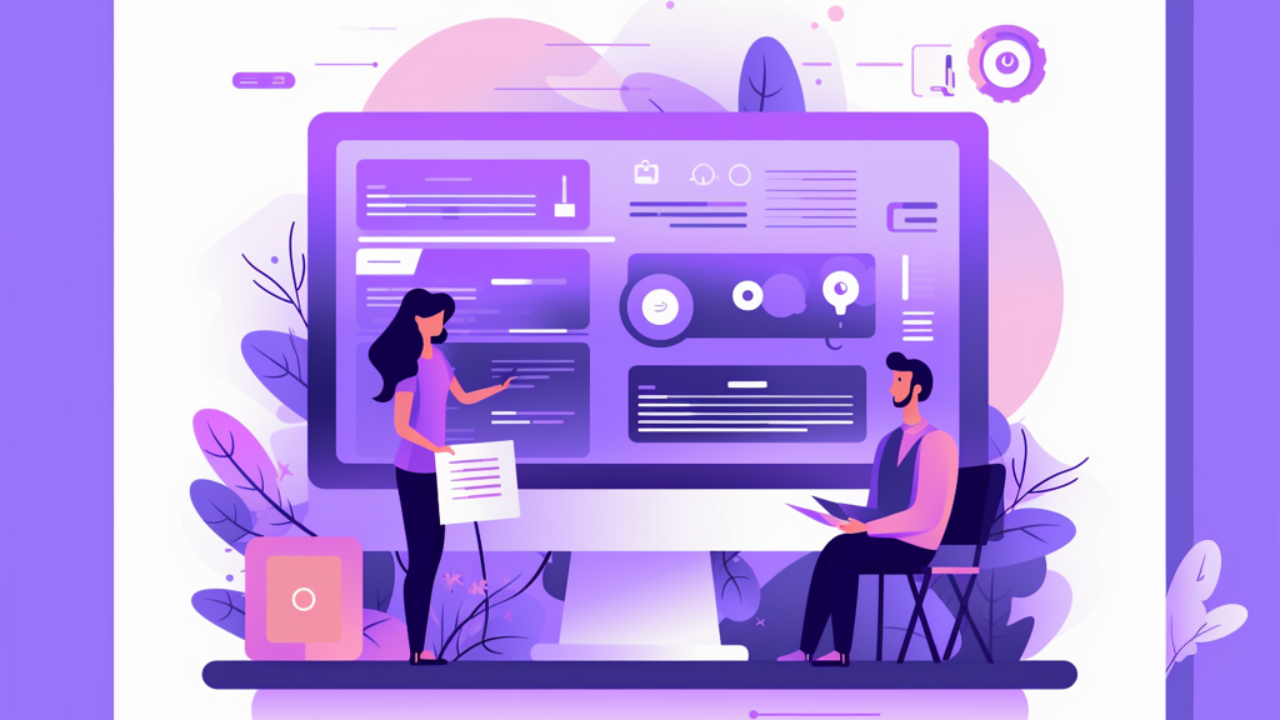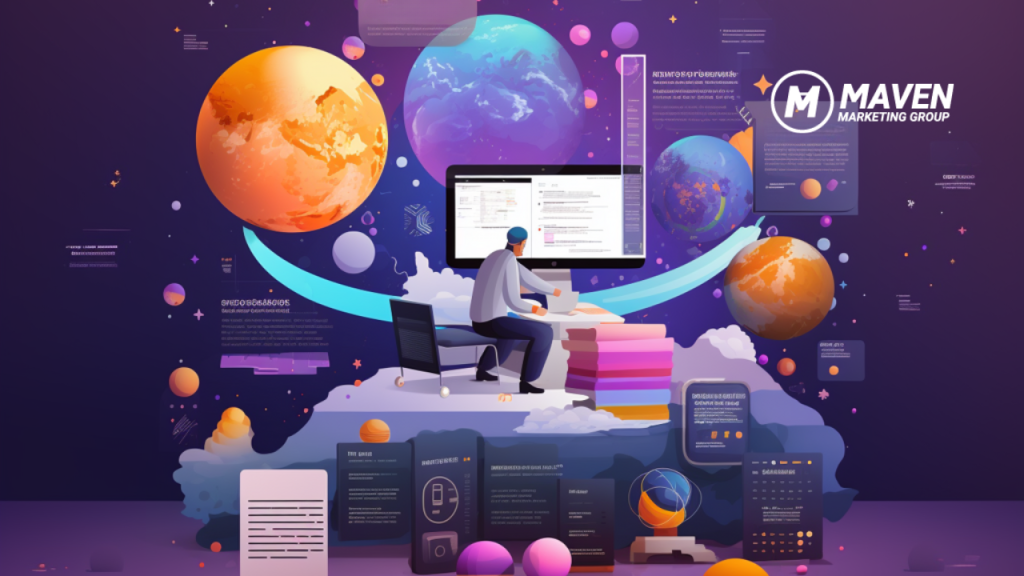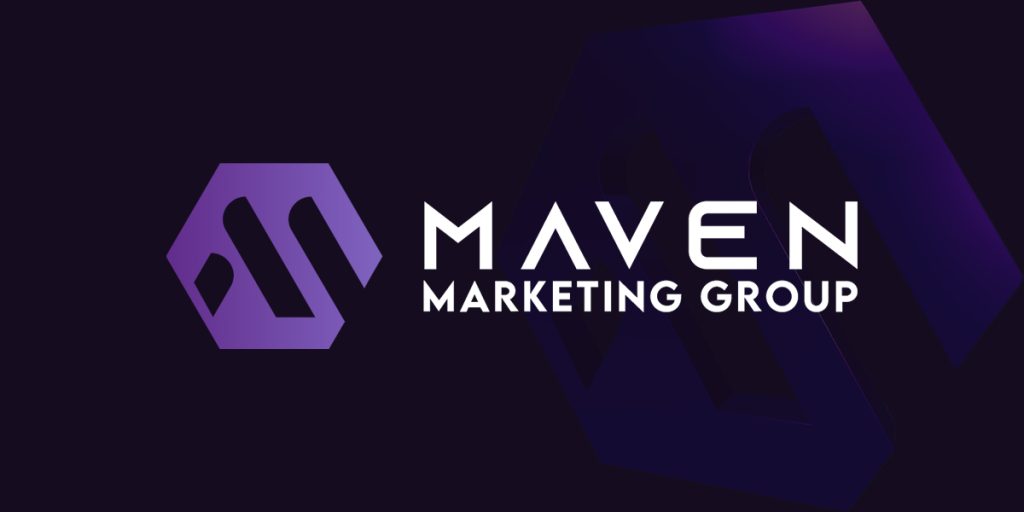
A person who creates websites is commonly referred to as a Web Developer or Web Designer, depending on their specific skill set and responsibilities.
Web Developers focus on the coding and functional aspects, while Web Designers concentrate on the visual elements and user experience.
There are also specialized roles like Full-Stack Developer, Front-End Developer, and Back-End Developer, each with a unique set of tasks and expertise.
Here, we explore these titles in more detail to understand what each role entails.
Web Developer
- What They Do: Primarily responsible for coding and programming aspects of a website.
- Skills Required: Proficiency in languages like HTML, CSS, JavaScript, and possibly back-end languages like PHP, Ruby, or Python.
Web Designer
- What They Do: Focuses on the visual aspects, layout, and user interface of a website.
- Skills Required: Expertise in graphic design software like Adobe Photoshop, and a strong understanding of UX/UI principles.
Full-Stack Developer
- What They Do: Handles both front-end and back-end development tasks.
- Skills Required: Well-versed in both front-end technologies (HTML, CSS, JavaScript) and back-end languages (PHP, Ruby, Python).
UI/UX Designer
- What They Do: Specializes in crafting user interfaces and optimizing user experience.
- Skills Required: Strong design skills, understanding of user behavior, and proficiency in design software.
Front-End Developer
- What They Do: Works on the client side, dealing with what the user interacts with directly.
- Skills Required: Proficiency in HTML, CSS, and JavaScript, along with a strong sense of design.
Back-End Developer
- What They Do: Works on server-side operations, databases, and application logic.
- Skills Required: Expertise in server-side languages like PHP, Ruby, or Python and database management systems like MySQL.
In summary, the term used to describe a person who creates websites can vary widely, depending on the job title and the specific skills and responsibilities involved in the role.
From web developers to web designers, each role has a unique set of skills and focuses that contribute to the creation of websites.









